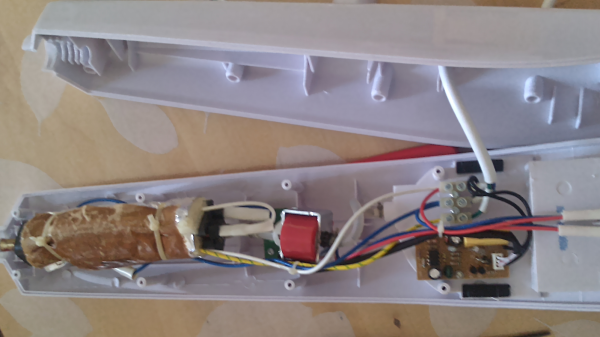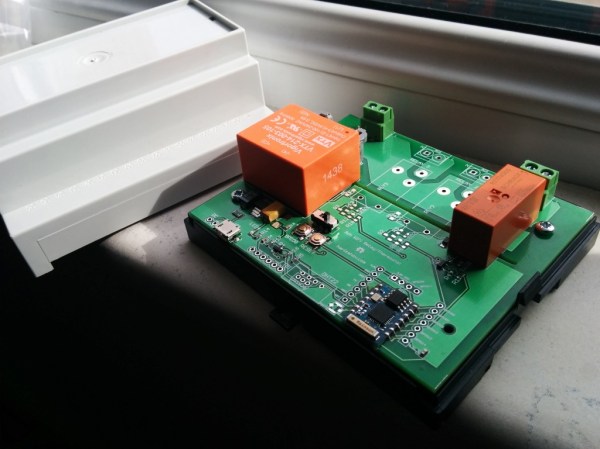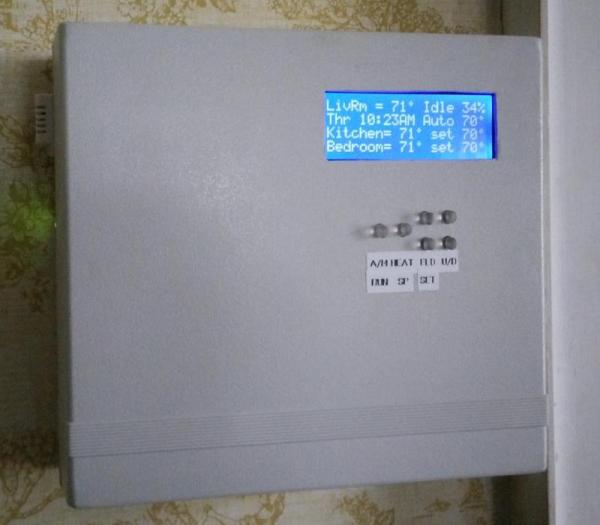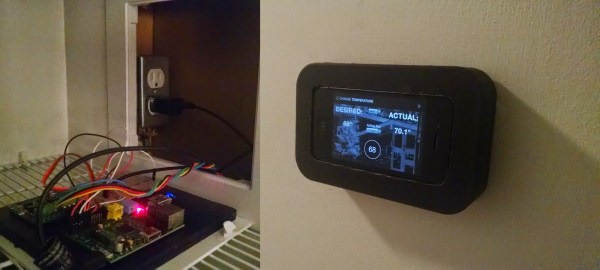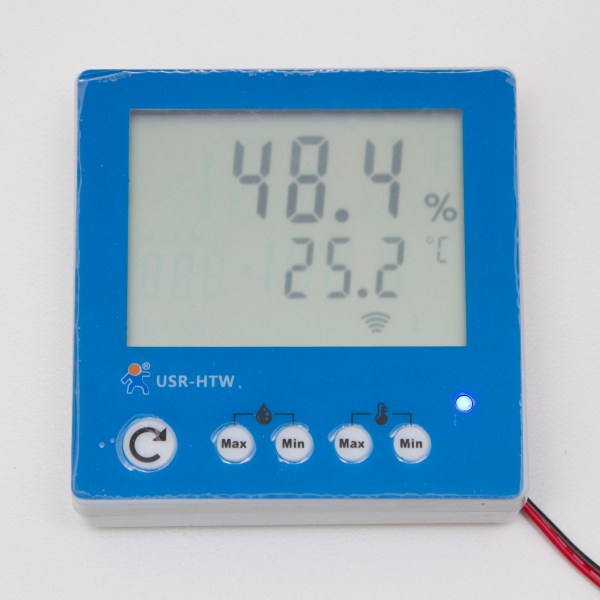Although the Internet of Things (IoT) is a reasonably new term, the idea isn’t really all that new. Many engineers and hackers have created networked embedded systems for many years. So what’s different? Two things: the Internet is everywhere and the use of connected embedded systems in a consumer setting.

Like anything else, there’s a spectrum of usefulness to IoT. Watching The Expanse, the other day (which is not a bad show, by the way), I noticed that if you had the right IoT lights, you could run an app that would change your lighting to suit the show in real-time. I don’t have those lights, but I suppose when the action moves to a dark sub-basement, your lights dim and when you are in a space ship’s reactor room, they turn red, and so on. Fun, but hardly useful or life-changing.
On the other hand, there are some very practical IoT items like the Nest thermostat. It might seem lazy to want to monitor and control your thermostat from your tablet, but if you are frequently away from home, or you have multiple houses, it can be a real positive to be able to control things remotely. With the recent blizzard on the U.S. east coast, for example, it would be great to turn on the heat in your weekend cottage 150 miles away while you were still at work or home. However, the Nest recently had a hiccup during an upgrade and it has made many of their customers mad (and cold). I’ll get back to that, in a minute. First, I want to talk about the problems with deploying something that will be in many varied environments (like people’s homes) that controls something real.
Continue reading “The Internet Of Broken Things (or, Why Am I So Cold?)”


